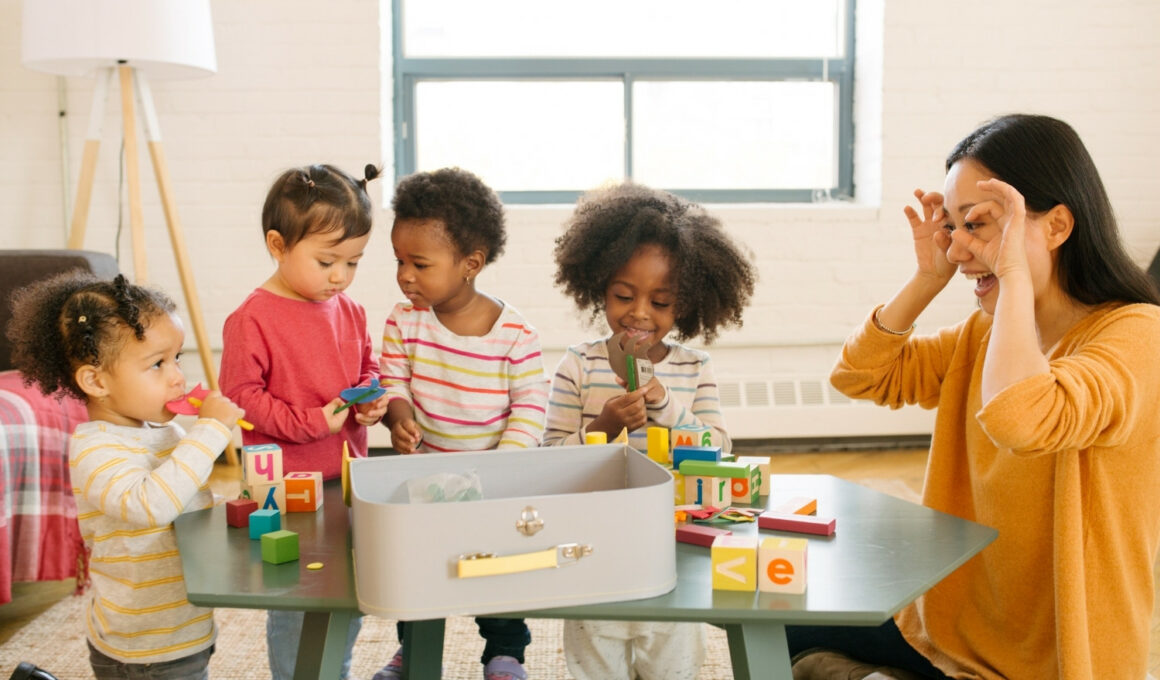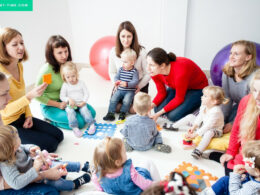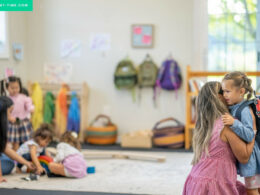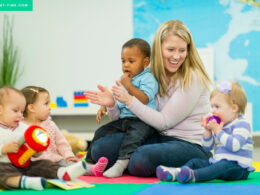In This Article Show
As a mother of three, I’ve navigated the rollercoaster of parenting, from the first steps to the first words, and I know just how crucial it is to find a safe and nurturing environment for our little ones.
When it comes to choosing a daycare, safety is paramount. We entrust these institutions with our children’s well-being, and it’s our responsibility as parents to ensure they’re up to the task.
In this blog post, we’ll explore “9 Safety Standards Every Daycare Must Adhere To,” offering a comprehensive checklist for parents. This guide is designed to give you peace of mind, knowing you’ve covered all bases in selecting a daycare that not only meets but exceeds safety expectations.
9 Safety Standards Every Daycare Must Adhere To
Whether you’re a new parent or have been through this process before, this checklist will serve as a valuable tool in your journey to find the perfect daycare setting for your child.
Let’s embark on this journey together, equipped with the right knowledge to ensure the safety and happiness of our little ones in their home away from home.
1. Licensing and Accreditation

When selecting a daycare for your child, the first and perhaps most critical factor to consider is whether the facility is properly licensed and accredited. This is not just a formality; it’s a fundamental assurance of quality and safety.
Great deals to snatch for your little ones 🎉
Licensing is a legal requirement that ensures a daycare meets basic health and safety standards set by state or local governments. It involves regular inspections and compliance with specific regulations, which can include everything from staff qualifications to safety protocols.
Accreditation, on the other hand, is an additional layer of credibility. It’s typically awarded by professional organizations and indicates that a daycare not only meets but exceeds basic standards.
The importance of proper licensing and accreditation cannot be overstated. They are not just badges of honor; they are reassurances for you, as a parent, that your child is in a setting that values their safety, health, and overall development.
2. Child-to-Staff Ratio
One of the most significant factors in determining the quality of care in a daycare setting is the child-to-staff ratio. This ratio plays a vital role in ensuring that each child receives adequate attention and care, which is crucial for their safety and development.
For infants (aged 0-12 months), the recommended ratio is typically 1 staff member for every 3 to 4 infants. At this stage, babies require a high level of attention for feeding, diaper changes, and engagement.
A lower child-to-staff ratio ensures that each infant receives the necessary individual care and monitoring.
3. Staff Background Checks
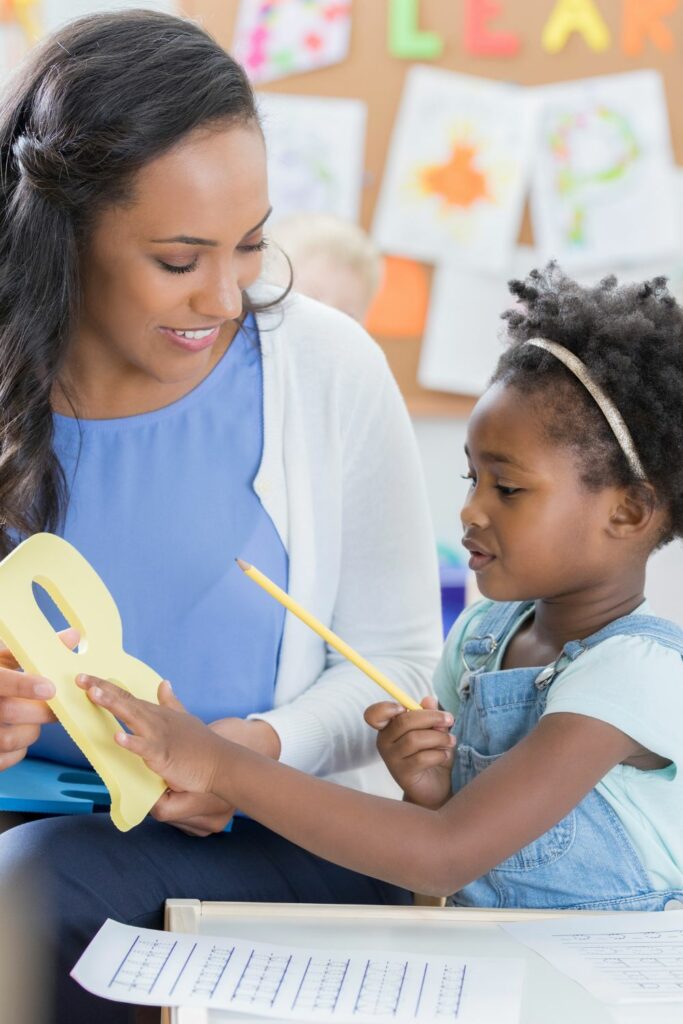
In the realm of daycare, the significance of thorough background checks for all staff members cannot be overstressed. These checks are a fundamental step in ensuring the safety and well-being of our children, serving as a first line of defense against potential risks.
Background checks provide a comprehensive review of a potential staff member’s history. This includes criminal records, past employment verification, and checks for any history of child abuse or neglect.
The goal is to ensure that individuals who have a history that could pose a risk to children are not placed in a position of trust and responsibility in a daycare setting.
4. Clean and Safe Facilities
Ensuring that a daycare facility is clean and safe is paramount for the health and well-being of our children. Here’s a checklist of key safety features every parent should look for when evaluating a daycare’s facilities:
- Regular and thorough cleaning schedules to maintain a hygienic environment.
- Use of child-safe, non-toxic cleaning agents.
- Well-maintained and clean restrooms and diaper changing areas.
5. Emergency Plans
A well-devised emergency plan should cover a range of potential scenarios, including natural disasters (like earthquakes or floods), fires, medical emergencies, and security threats. Key elements of an effective emergency plan include:
- Clear Evacuation Procedures: Detailed plans for safely evacuating the facility, including designated routes and exits.
- Safe Assembly Points: Predetermined safe locations where children and staff can regroup after an evacuation.
- Emergency Contacts and Procedures: Easily accessible list of emergency contacts, including local emergency services, and procedures for notifying parents.
- Special Needs Consideration: Plans that account for the needs of children with disabilities or special medical requirements.
- Emergency Supplies: Adequate emergency supplies such as first aid kits, food, water, and blankets.
- Staff Roles and Responsibilities: Clearly defined roles for each staff member during an emergency to ensure an organized and efficient response.
6. Health and Hygiene Practices
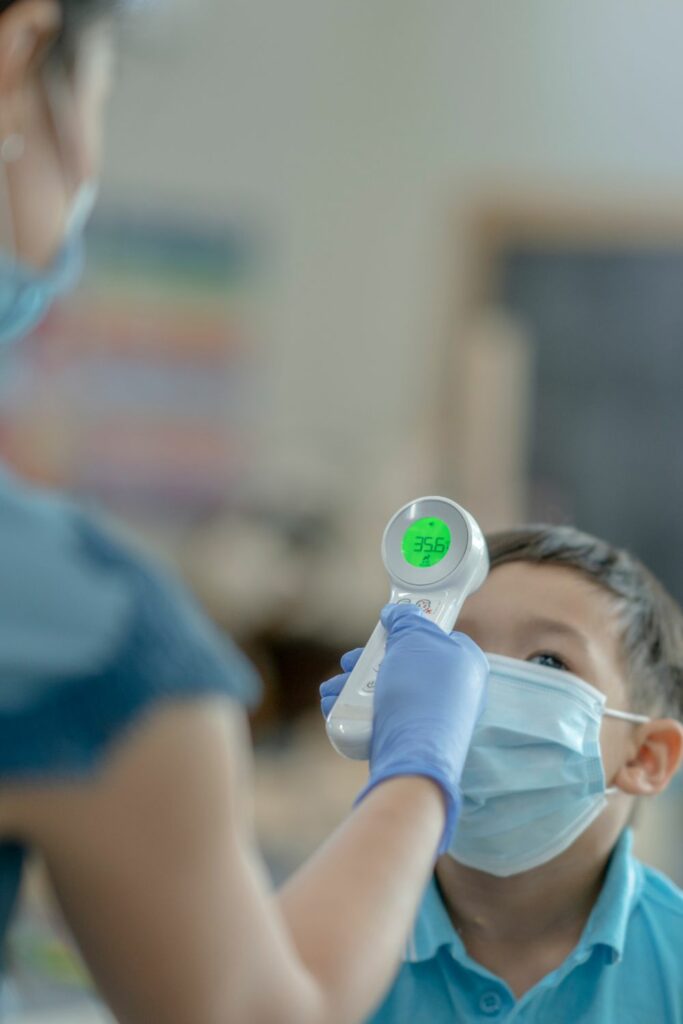
In a daycare setting, maintaining high standards of health and hygiene is crucial in preventing the spread of illness and ensuring the well-being of all children. Young children, especially those in a communal environment like daycare, are more susceptible to infections due to their developing immune systems.
- Regular Handwashing: One of the most effective ways to prevent the spread of germs. Daycare facilities should enforce regular handwashing, especially before and after meals, after using the toilet, and after playing outside.
- Staff Health: Just as with children, sick staff members should also have clear guidelines to follow, ensuring they do not come into work when ill and risk spreading infections.
- Food Hygiene: Safe handling, preparation, and storage of food to prevent foodborne illnesses. This includes proper hand hygiene, clean utensils and surfaces, and correct food storage temperatures.
- Education and Training: Regular training for staff on hygiene practices and educating children in age-appropriate ways about the importance of hygiene.
- Diapering and Toilet Training: For younger children, safe and hygienic diapering practices and clean toilet training facilities are essential.
By prioritizing these health and hygiene practices, daycares can significantly reduce the risk of illness among children and staff, creating a healthier environment for everyone.
7. Nutritional Standards
Proper nutrition plays a pivotal role in the growth and development of children, especially in their early years. Daycares, as places where many children spend a significant portion of their day, have a responsibility to adhere to nutritional standards that support healthy development. Here are key nutritional guidelines to adhere to.
- Balanced Diet: Meals and snacks provided should offer a balance of fruits, vegetables, whole grains, proteins, and dairy.
- Age-Appropriate Portions: Portion sizes should be appropriate for the age and developmental stage of the child, ensuring they receive enough food without promoting overeating.
- Hydration: Ensuring children have access to water throughout the day to stay properly hydrated.
- Special Dietary Needs: Accommodating children with allergies, dietary restrictions, or specific nutritional needs, ensuring they receive safe and appropriate alternatives.
- Parental Involvement: Keeping parents informed about the daycare’s meal and snack choices, and involving them in nutritional decisions when possible.
8. Age-appropriate Activities and Equipment
In a daycare environment, providing age-appropriate activities and equipment is essential for the safe and healthy development of children. Each stage of a child’s development has unique needs and capabilities, and the activities and equipment offered should reflect this.
Ensuring that these aspects are tailored to different age groups not only supports the physical and cognitive development of children but also enhances their safety and enjoyment.
9. Open Communication and Transparency
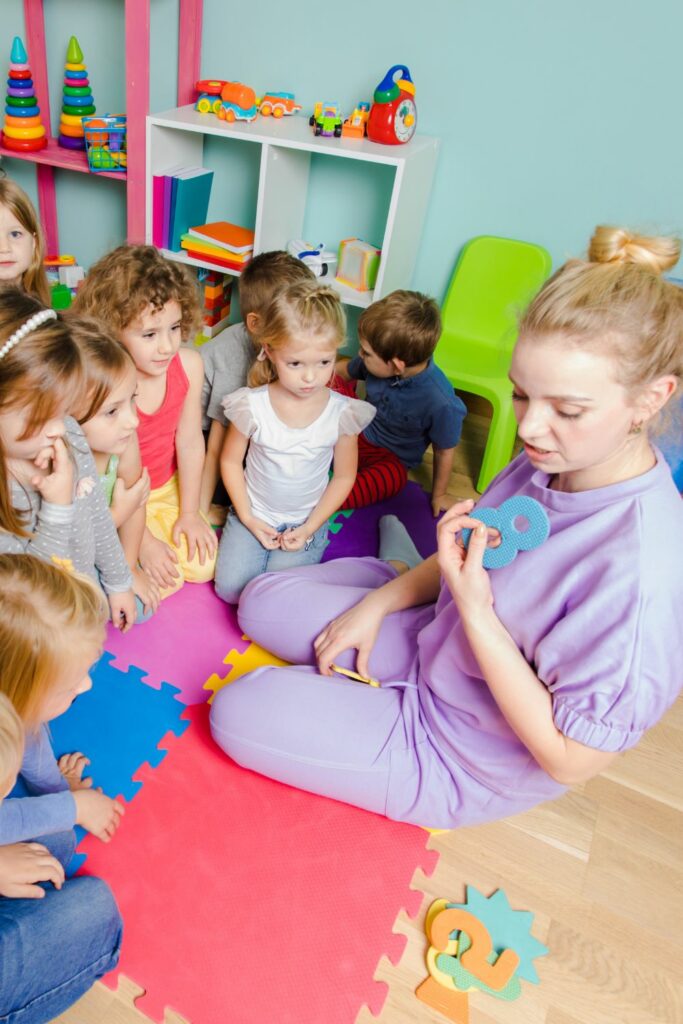
Open communication and transparency between daycare centers and parents are vital for fostering trust and ensuring the well-being of children. Clear and ongoing communication allows parents to stay informed about their child’s experiences, progress, and any issues that may arise.
This includes regular updates, open lines for questions or concerns, and transparency about the daycare’s policies and procedures.
Such openness ensures that parents are actively involved in their child’s care and can collaborate effectively with the daycare to support their child’s development and safety.






